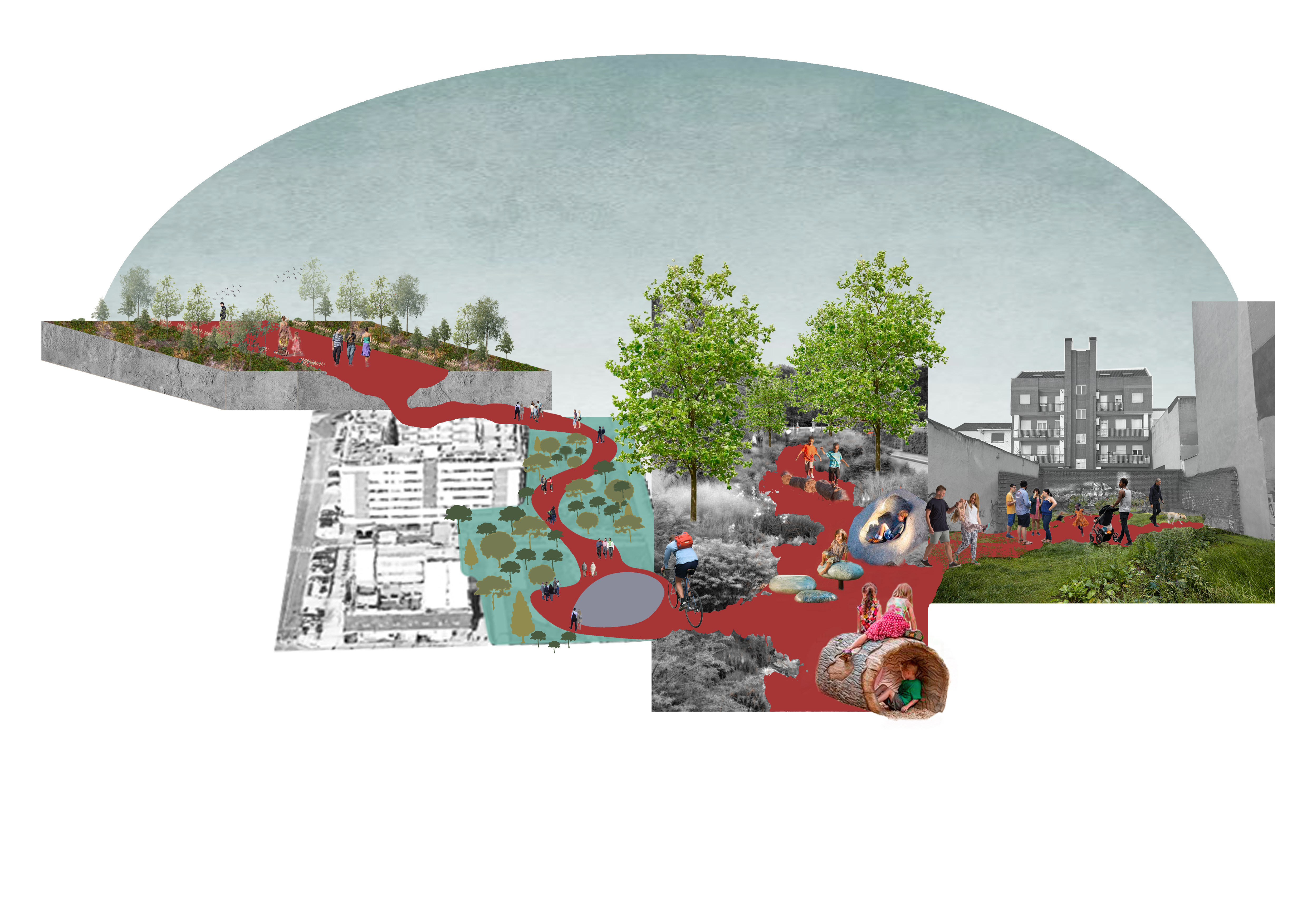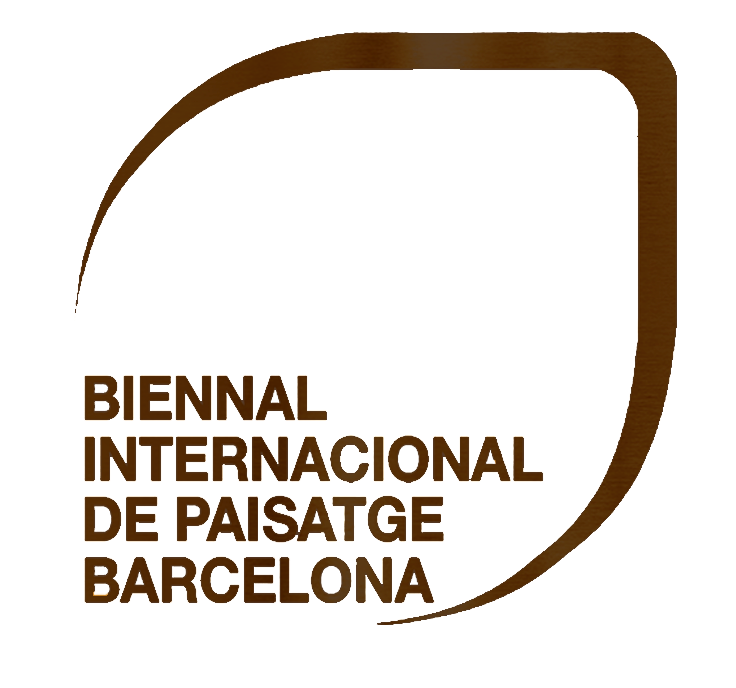
Weaving Ecology into the Urban Fabric
Bachelor’s Degree Landscape Architecture
Universidad Rey Juan Carlos
These five projects are presented together as a collective response addressing climate change mitigation and ecological restoration in urban public space through diverse but complementary strategies on various scales.
Urban Edges, Living Systems explores the urban-rural interface near Doñana, redefining the landscape as a multifunctional infrastructure that integrates ecological buffers and productive systems, fostering symbiosis between urbanity and nature.
The Network of Urban Bioclimatic Shelters in Torrejón de Ardoz, Madrid, develops a network of bioclimatic shelters to counteract heat island effects, emphasizing equity, connectivity, and climate justice for vulnerable populations.
Children’s Trail, introduces play-driven ecological design into everyday urban life, enhancing sensory engagement and early ecological awareness through natural materials and immersive routes.
Ray of Light, reconnects the fragmented edge of Montecarmelo in the outskirts of Madrid with the El Pardo reserve through a carefully staged vegetative transition, promoting ecological continuity and emotional experience.
Encounters where bustle meets calm addresses social and ecological fragmentation in Tetuán by stitching urban contrasts through a green corridor that serves both as a refuge and social space, blending biodiversity with community well-being.
Together, these projects form an integrated vision of ecological urbanism—multiscalar, inclusive, and grounded in place. Their shared commitment to ecological thinking, social resilience, and spatial transformation embodies the core values of the Bachelor’s Degree Landscape Architecture at URJC and demonstrates how landscape architecture can lead urban adaptation to climate change.
